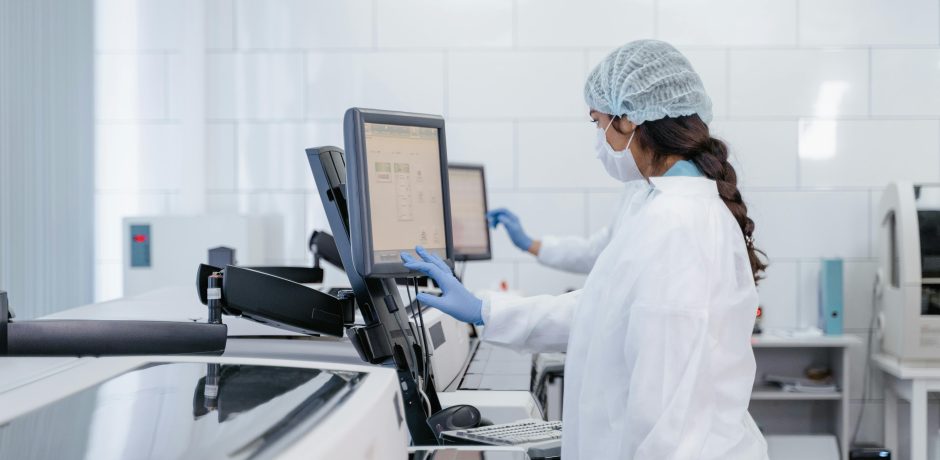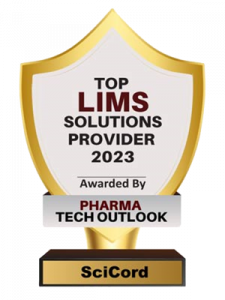Enhancing Efficiency with Automation in Modern Labs
Laboratories today face increasing demands for efficiency, accuracy, and compliance. Manual workflows can slow down research, introduce errors, and reduce overall productivity. By integrating
Electronic Laboratory Notebooks (ELN) and
Laboratory Information Management Systems (LIMS) with automation, labs can streamline operations, reduce human errors, and focus more on innovation.
The Need for Automation in Labs
Traditional lab workflows often involve
manual data entry, paper-based record keeping, and time-consuming processes. These inefficiencies can lead to:
- Increased human errors
- Inefficient use of resources
- Delays in reporting and compliance
- Difficulties in collaboration across teams
By leveraging automation within ELN and LIMS, laboratories can
eliminate redundant tasks, ensure accurate record-keeping, and accelerate research timelines.
How Automation Drives Productivity
1. Workflow Templates
Predefined
workflow templates standardize procedures and eliminate variability in processes. Labs can create and reuse templates for common tasks such as sample tracking, data analysis, and reporting.
2. Automated Scheduling
LIMS platforms allow for
automated scheduling of tasks and instrument calibration, reducing downtime and ensuring compliance with regulatory standards.
3. Smart Reporting and Data Integration
Automated
data capture and integration with analytical instruments streamline reporting, improving decision-making and accuracy in research findings.
4. Remote Access and Collaboration
With cloud-based ELN solutions, scientists can securely
access, edit, and share data remotely, improving collaboration across multiple lab locations.
Real-World Benefits of Automation
Case Study: Enhancing Productivity in a Biotech Lab
A mid-sized biotechnology company faced delays in research due to manual data collection and inefficient sample tracking. By implementing
SciCord’s ELN and LIMS automation tools, the lab:
- Reduced data entry errors by 60% through automated data capture.
- Improved research turnaround time by 40% with streamlined workflow templates.
- Enhanced compliance readiness with built-in audit trails and automated reporting.
These improvements demonstrate how automation can revolutionize lab efficiency while ensuring compliance and accuracy.
Overcoming Implementation Challenges
Despite its benefits, integrating automation into lab operations can present challenges. Here’s how to address them:
1. High Initial Costs
While automation requires an upfront investment, the
long-term savings in time and error reduction outweigh the initial costs.
2. Resistance to Change
Training and
change management strategies are essential for staff to adapt to automated workflows.
3. System Integration Issues
Choosing
scalable and flexible LIMS and ELN platforms ensures seamless integration with existing lab instruments and IT infrastructure.
The Future of Automation in Labs
Emerging technologies such as
Artificial Intelligence (AI) and the Internet of Things (IoT) are set to further revolutionize laboratory automation. Future trends include:
- AI-driven predictive analytics to identify trends and enhance decision-making.
- IoT-connected lab instruments for real-time monitoring and automated alerts.
- Blockchain for secure data integrity, ensuring unaltered, timestamped lab records.
Labs that embrace these innovations will gain a competitive edge by enhancing efficiency, data accuracy, and regulatory compliance.
Optimize Your Lab with SciCord’s Automation Solutions
Automation in ELN and LIMS is no longer optional, it’s a necessity for modern labs seeking efficiency and accuracy. By integrating
SciCord’s automation tools, laboratories can eliminate repetitive tasks, reduce errors, and accelerate research progress.
Take the next step toward lab efficiency explore SciCord’s automation solutions today!













Recent Comments